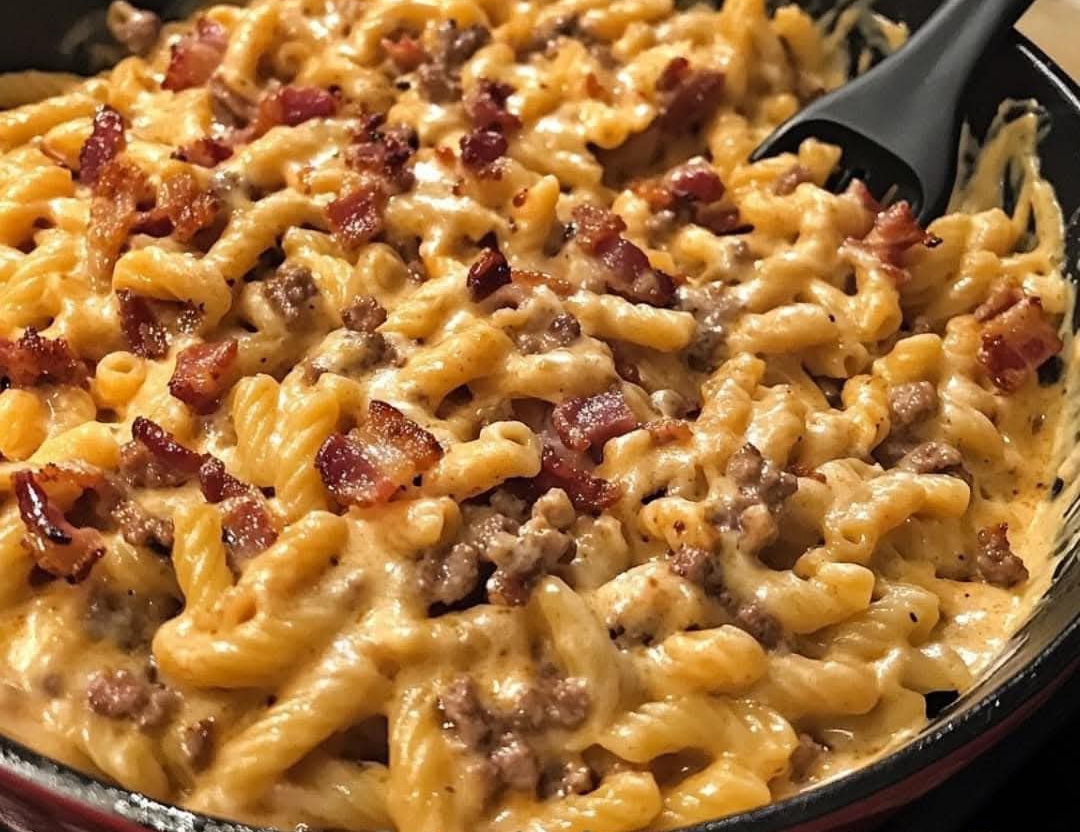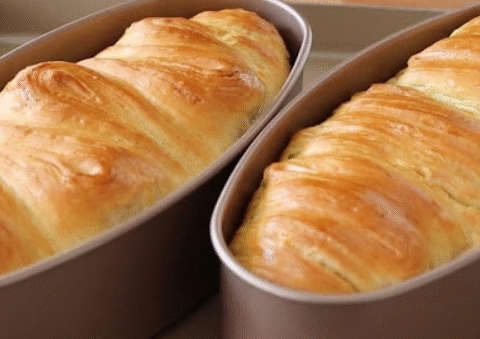Understanding Bedbugs in Your Garden: A Natural & Eco‑Friendly Guide
Gardening enthusiasts often face an unexpected challenge: bedbugs—not just indoors, but in gardens too. While chemical insecticides can provide rapid control, they may threaten beneficial insects, soil health, and local ecosystems. This guide takes a deep dive into understanding garden bedbugs and natural remedies—including baking soda—that deliver fast, effective control without harmful side effects.
1. What Are Garden Bedbugs? 🪲
Garden bedbugs, also called leafbugs or plant‑feeding insects, are small pests commonly mistaken for indoor bedbugs. They feed on sap and juices of leaves, stems, and blossoms, causing wilting, discoloration, and reduced yield.
1.1 Life Cycle and Habits
- Eggs hatch in 1–2 weeks in warm, damp conditions.
- Nymphs go through 5 instars over several weeks before adulthood.
- Adults may live several months, laying up to 300 eggs.
- Behavior: Meal patterns are often nighttime—but may shift depending on garden microclimate.
- Habitat: Favor hiding under leaves, behind bark, or in mulch.
Timing interventions when nymphs emerge yields the greatest impact.
2. Why Avoid Chemical Insecticides? 🌱
While effective, synthetic insecticides pose risks such as:
- Harm to pollinators like bees and butterflies
- Damage to beneficial predatory insects
- Disruption of soil microbial life
- Potential residues on edible plants
Therefore, eco‑friendly methods are preferable for both safety and sustainability.
3. Natural Remedies for Bedbug Control
3.1 Baking Soda ✅
Baking soda (sodium bicarbonate) is surprisingly effective: its fine powder absorbs moisture from bedbugs, causing dehydration. How to use:
- Sprinkle lightly around plant bases, leaf undersides, and under mulched zones.
- Leave it for 24–48 hours, then lightly water to wash away residue.
- Repeat every 7–10 days until infestation clears.
3.2 Diatomaceous Earth
Food‑grade diatomaceous earth ruptures insects’ waxy exoskeletons, causing dehydration. Apply as a light dusting around plant areas. Keep it dry—rehydrate after watering or rain.
3.3 Neem Oil or Insecticidal Soap
Extracted from the neem tree, neem oil acts as an antifeedant and insect growth regulator. Apply diluted neem or mixed insecticidal soap in early morning or late evening to avoid leaf burn. Reapply after rain.
3.4 Companion Planting & Habitat Management
Encourage predator insects and disrupt bedbug breeding zones by:
- Planting marigolds, basil, and nasturtiums to repel bedbugs
- Avoiding dense, shady clustering of plants
- Maintaining clean, weed‑free beds and removing crop residues
3.5 Physical Barriers & Traps
- Install row covers or fine mesh over vulnerable plants
- Set up sticky traps or cardboard barriers around trunks and stems
- Hand‑pick visible insects in early morning with gloved hands
4. Expert Insights 🧠
Dr. Leila Nour, entomologist: “Understanding the bedbug life cycle is key; targeting pest emergence with safe, timed interventions can control populations without harming the ecosystem.”
Prof. Mark Benson, sustainable horticulturist: “Natural solutions like baking soda and diatomaceous earth are safe, effective—and support beneficial insects and soil health in the long run.”
5. Realistic Health & Safety Tips 🛡️
- Wear gloves and protective eyewear when applying powders or oils to avoid skin or eye irritation.
- Keep children and pets away during application.
- Use food‑grade products only (e.g. diatomaceous earth labeled “food grade”).
- Always test neem oil or soaps on a small leaf section to avoid plant burn.
- Wash harvested edible crops thoroughly before consumption.
6. Nutrition & Health Benefits Table 🌿
| Remedy | Mode of Action | Impacts to Plants/People | Precautions |
|---|---|---|---|
| Baking Soda | Dehydrates bedbugs via moisture absorption | Non‑toxic to plants, people, and soil | Wash residues before harvesting edibles |
| Diatomaceous Earth | Physical abrasion—ruptures insect surface | Safe if food‑grade; inert to non‑targets when dry | Reapply after rain; avoid inhalation dust |
| Neem Oil / Soap | Blocks feeding, disrupts insect growth | Biodegradable; minimal harm to plants if used properly | Use diluted at recommended rates; apply off‑peak sun |
| Companion Plants | Repels or distracts pests naturally | Enhances biodiversity and beneficial insects | Monitor to avoid over‑crowding |
7. Implementation Timeline & Strategy ⏱️
- Week 1: Scout plants; manually remove insects. Apply baking soda around hot‑spots.
- Week 2: Re‑apply baking soda; introduce diatomaceous earth on dry soil.
- Week 3: Spray neem oil or soap in evening; monitor predatory insects.
- Week 4 onwards: Rotate methods and reapply as needed every 7–10 days until clean.
- Seasonal maintenance: Mulch lightly, cultivate ground, and keep beds tidy.
8. Related Recipes 🍽️
Check out these eco‑garden recipes for companion plant-based pest repellents: herb‑infused sprays, garlic‑chili horticultural shakes, and DIY floral deterrent sachets. Find excellent ideas at this gardening resource: Related Recipes Hub.
9. 🍃 FAQ: Your Top Questions Answered
- Do bedbugs actually live in gardens?
Generally the plant‑feeding leafbugs—not the indoor bedbugs—pose a threat outdoors, feeding on plant juice. - Is baking soda safe for edible plants?
Yes—it’s safe but rinse off before harvesting to avoid lingering residues. - How often should I reapply treatments?
Every 7–10 days, especially after rainfall or irrigation. - Can baking soda harm bees or other insects?
Minimal risk when applied carefully only on surfaces; it’s inert compared to broad‑spectrum insecticides. - Does neem oil affect beneficial insects?
It’s generally low‑toxicity but can affect beneficials if over‑used. Best to spray in late evening. - What’s the best time to spray insecticidal soap?
Early morning or late evening, when leaves are cool. - Is there any organic certification for these methods?
Yes—many organic garden certification standards recognize diatomaceous earth, neem oil, and companion planting. - Can I combine baking soda with other remedies?
Yes—rotating treatments boosts resilience and reduces pest tolerance. - How long until bedbugs disappear?
Typically 3–4 weeks of repeated treatment clears moderate infestations. - Should I call a pest control service?
If natural methods fail after several weeks or infestation is severe, consider eco‑friendly pest pros.
10. Final Thoughts 🌎
Combining knowledge of bedbug life cycles with eco‑friendly remedies—like baking soda, diatomaceous earth, neem oil, and companion planting—gives gardeners sustainable control with minimal environmental impact. Suppose you follow a timed plan, stay vigilant, and adopt preventative habits: you’ll protect your plants, help soil health, and support garden biodiversity in the long run. Happy gardening!
— GARDAN TENGER






